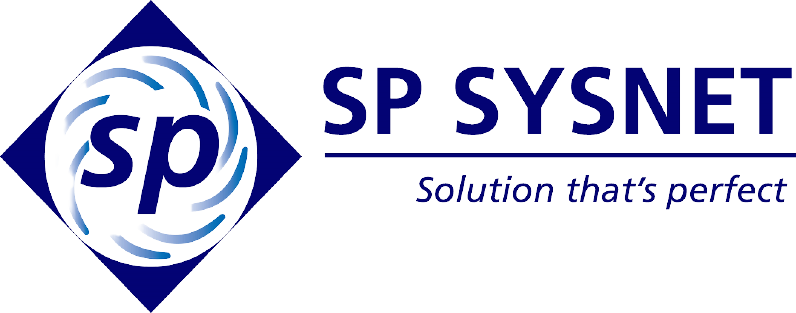In today’s fast-paced business environment, organizations rely heavily on IT operations to ensure seamless functionality across all departments. As technology continues to evolve, managing IT services efficiently has become a critical challenge. This is where a service request management system comes into play, transforming the way businesses handle IT requests and support operations.
Understanding a Service Request Management System
A service request management system is a structured platform that allows organizations to efficiently handle IT-related requests, incidents, and changes. These requests may range from simple password resets to more complex software installations or network troubleshooting. Instead of relying on emails, phone calls, or manual tracking, a centralized system provides a streamlined, automated process for addressing all service requests.
By organizing requests in a single platform, organizations gain better visibility into IT workflows, track the progress of tasks, and ensure accountability among IT teams. This not only improves response times but also enhances overall productivity by reducing the time employees spend waiting for resolutions.
Key Benefits of Implementing a Smart System:
1. Centralized Ticketing and Tracking
One of the most significant advantages of a smart service request management system is centralized ticketing. Every IT request is logged into a single system, creating a clear record of all incoming tasks. This allows IT teams to prioritize work based on urgency and impact, ensuring that critical issues are addressed first.
Centralized tracking also eliminates confusion and duplication, as IT staff can easily view open tickets, assign responsibilities, and monitor progress. This level of organization ensures that no request is overlooked, fostering a more responsive and accountable IT environment.
2. Automated Workflows
Modern IT operations demand speed and efficiency. A smart system automates routine tasks such as ticket assignment, approval workflows, and status updates. By reducing manual intervention, IT teams can focus on solving complex problems rather than spending time on repetitive tasks.
For example, when an employee submits a request for software installation, the system can automatically route it to the relevant technician, notify the manager for approval, and update the employee once the task is completed. This automation ensures faster resolution times and a consistent experience for all users.
3. Enhanced Collaboration
Effective IT operations require seamless collaboration among team members. A service request management system fosters this by providing a centralized platform where technicians can communicate, share information, and track the progress of ongoing tasks.
Collaboration features such as comment threads, file attachments, and status updates allow teams to work together efficiently, even if members are distributed across multiple locations. This reduces misunderstandings, improves problem-solving, and accelerates service delivery.
4. Data-Driven Insights
Data is a powerful tool for optimizing IT operations. A smart service request management system collects and analyzes data from every request, providing valuable insights into trends, bottlenecks, and areas for improvement.
IT managers can use this data to identify recurring issues, monitor team performance, and implement proactive measures to prevent future problems. For instance, if multiple tickets are submitted for the same software issue, the system can highlight the need for an update or a training session for employees.
5. Improved User Experience
Ultimately, the goal of IT operations is to support the workforce efficiently. A service request management system enhances the end-user experience by providing a simple interface to submit requests, track progress, and receive updates in real-time.
Employees no longer have to follow up repeatedly or wait in uncertainty. Instead, they can rely on a transparent process where their requests are acknowledged, prioritized, and resolved promptly. This not only boosts productivity but also strengthens employee satisfaction and trust in IT services.
Choosing the Right IT Services Provider
Implementing a smart service request management system requires careful planning and expertise. Partnering with a reliable IT services provider ensures that your organization adopts the right tools, integrates them seamlessly into existing workflows, and trains staff for optimal use.
A competent provider can also customize the system to meet specific business needs, automate critical workflows, and provide ongoing support to adapt to evolving IT challenges. By selecting the right partner, organizations can maximize the value of their investment and achieve a more agile, efficient IT operation.
Conclusion
A service request management system is no longer just a convenience—it is a necessity for organizations aiming to streamline IT operations, improve efficiency, and deliver a superior user experience. From centralized ticketing and automated workflows to enhanced collaboration and data-driven insights, the benefits of such a system are extensive and transformative.
For organizations looking to implement a robust solution, choosing the right IT services provider is crucial. SP Sysnet stands out as a trusted partner, offering expert guidance, tailored solutions, and ongoing support to help businesses optimize their IT operations with a smart service request management system.







